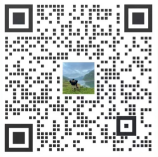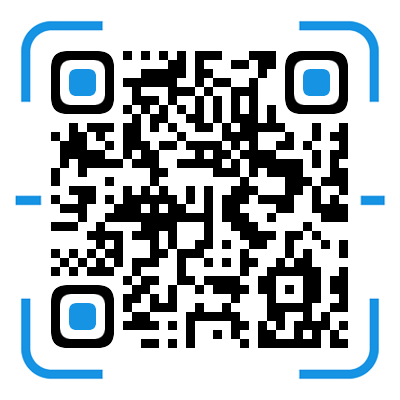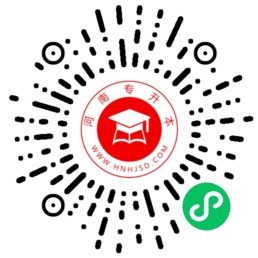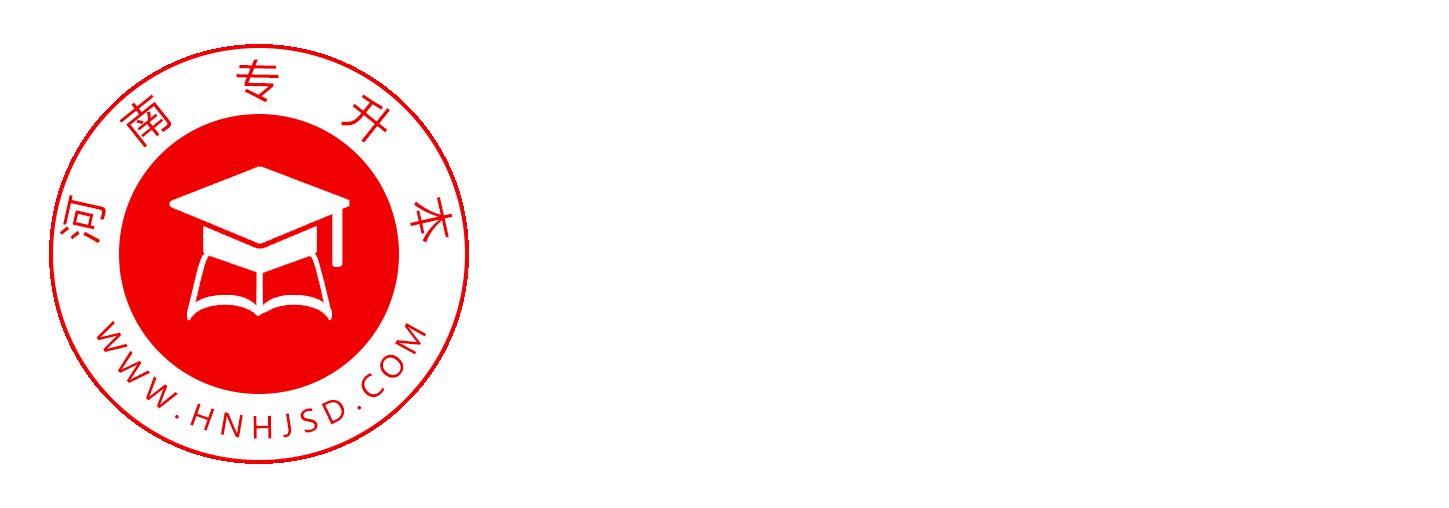Researchers have found that REM (rapid eye movement) sleep is important to human beings. This type of sleep generally occurs four or five times during one night of sleep lasting five minutes to forty minutes for each occurrence. The deeper a person’s sleep becomes, the longer the periods of rapid eye movement.
There are physical changes in the body to show that a person has changed from NREM (non-rapid eye movement) to REM sleep. Breathing becomes faster, the heart rate increases, and, as the name implies, the eyes begin to move quickly.
Accompanying these physical changes in the body is a very important characteristic of REM sleep. It is during REM sleep that a person dreams.
1. According to the passage, how often does REM sleep occur in one night?
A. Once
B. Twice
C. Four of five times
D. Forty times
2. The word “deeper” in paragraph 1 is closest in meaning to which of the following?
A. heavier
B. louder
C. stronger
D. happier
3. Which of the following shows that a person is NOT dreaming in his sleep?
A. His eyes begin to move.
B. His breathing becomes faster.
C. His heart rate increases.
D. His eyes stop moving.
4. The subject of this passage is ________.
A. why people sleep
B. the human need for REM sleep
C. the characteristic of REM sleep
D. physical changes in the human body
5. Which of the following is the best title of the article?
A. REM Sleep
B. Two Types of Sleep
C. Sleepers
D. What Happens to Sleepers
【標(biāo)準(zhǔn)答案和解析】
1. C. 細(xì)節(jié)題。定位到文章第一段第二句可以知道是原詞再現(xiàn),所以答案選C。
2. A. 詞義題。從文章中可以知道,人睡得越熟,快速眼部運(yùn)動(dòng)的時(shí)間就持續(xù)得越久。那么可以知道這里的deeper是表示程度很深,所以答案選A。
3. D. 細(xì)節(jié)題。定位到第二段第二句可以知道A,B,C都是文章中提到的,只有D眼睛會(huì)停止運(yùn)動(dòng)肯定是不對(duì)的。所以答案選D。
4. C. 主旨題。A選項(xiàng)說人們?yōu)槭裁此X,文章沒有講原因,不正確。B選項(xiàng)說人類需要REM睡眠,也不正確。C選項(xiàng)說REM睡眠的特征,正是文章全篇所探討的,正確。D選項(xiàng)說人類身體發(fā)生的物理變化,跟文章主旨無關(guān),不正確。所以答案選C。
5. A. 主旨題。根據(jù)文章開頭第一句主旨句可以知道,文章主要就是在闡述REM睡眠,而A選項(xiàng)就是REM睡眠情況,所以答案選A。

河南專升本聲明
(一)由于考試政策等各方面情況的不斷調(diào)整與變化,本網(wǎng)站所提供的考試信息僅供參考,請(qǐng)以權(quán)威部門公布的正式信息為準(zhǔn)。
(二)本網(wǎng)站在文章內(nèi)容來源出處標(biāo)注為其他平臺(tái)的稿件均為轉(zhuǎn)載稿,免費(fèi)轉(zhuǎn)載出于非商業(yè)性學(xué)習(xí)目的,版權(quán)歸原作者所有。如您對(duì)內(nèi)容、版權(quán)等問題存在異議請(qǐng)于我們聯(lián)系,我們會(huì)及時(shí)處理。
文章來源于網(wǎng)絡(luò),如有侵權(quán),請(qǐng)聯(lián)系刪除


























 新手指南
新手指南  退役士兵
退役士兵  采集流程
采集流程  自考咨詢
自考咨詢  咨考老師
咨考老師  成考咨詢
成考咨詢 




